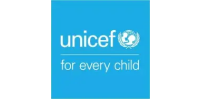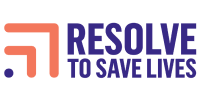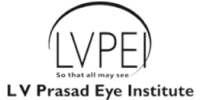
 OUR CORE VALUES
OUR CORE VALUES
Serve. Care. Learn. Communicate. These principles guide everything we do.
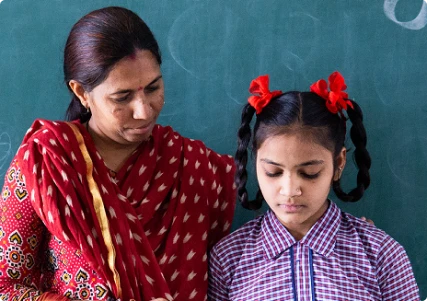
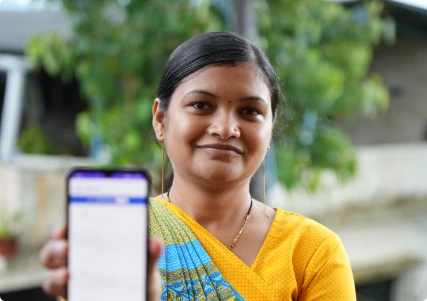
 OUR CORE VALUES
OUR CORE VALUES
Serve. Care. Learn. Communicate. These principles guide everything we do.

 OUR MISSION
OUR MISSION
At Wadhwani AI India, we develop and deploy artificial intelligence solutions to tackle complex social challenges and improve the lives of underserved communities globally. We believe in the power of AI to create large-scale,equitable, and human-centric change.
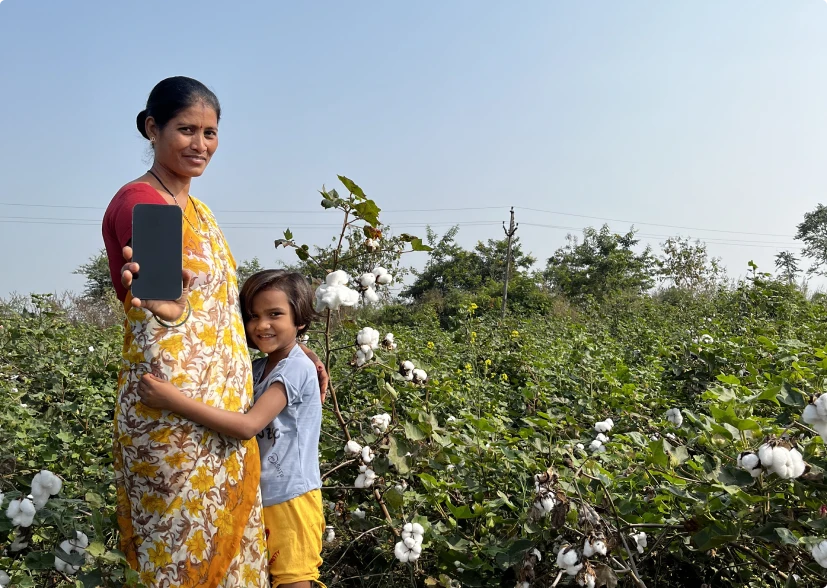

 OUR MISSION
OUR MISSION
At Wadhwani AI India, we develop and deploy artificial intelligence solutions to tackle complex social challenges and improve the lives of underserved communities globally. We believe in the power of AI to create large-scale,equitable, and human-centric change.
Meet Our Founders
A visionary entrepreneur and philanthropist, Dr. Wadhwani co-founded Wadhwani AI India to ensure technology serves humanity. His commitment is to deploy AI responsibly to address inequities and build a better future.
Dr. Romesh Wadhwani
Founder
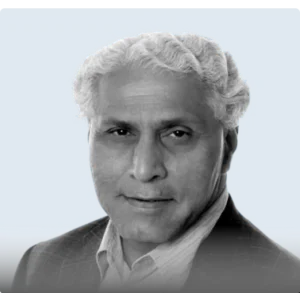

An accomplished entrepreneur and investor, Sunil Wadhwani co-founded Wadhwani AI India with a focus on making AI truly usable where it matters most—to serve the underserved and drive innovation in public systems.
Sunil Wadhwani
Founder
Meet Our Founders

A visionary entrepreneur and philanthropist, Dr. Wadhwani co-founded Wadhwani AI India to ensure technology serves humanity. His commitment is to deploy AI responsibly to address inequities and build a better future
Dr. Romesh Wadhwani
Founder

An accomplished entrepreneur and investor, Sunil Wadhwani co-founded Wadhwani AI India with a focus on making AI truly usable where it matters most—to serve the underserved and drive innovation in public systems.
Sunil Wadhwani
Founder
Guiding Our Vision
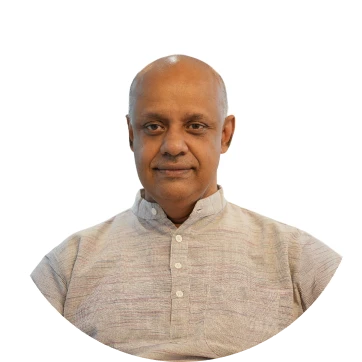
Leading our charge to translate AI potential into tangible social impact, Shekar emphasizes a deployment-first approach. Focus on the problem, adopt systems thinking, develop mental models, apply unbiased expertise, and simply be perseverant are his mantras that permeate the institute.
Shekar Sivasubramanian
Head, Wadhwani AI
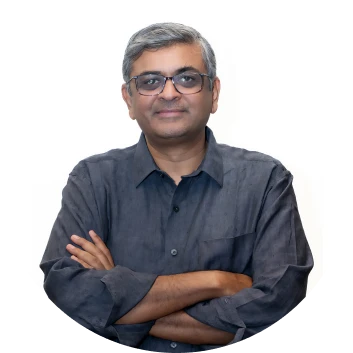
Dr. Raval spearheads our applied AI research, focusing on mainstreaming AI responsibly. He champions the use of multimodal AI and advanced speech recognition to create transformative solutions, always with a ‘human-in-command’ philosophy.
Dr. Alpan Raval
Chief Scientist, AI/ML
Guiding Our Vision
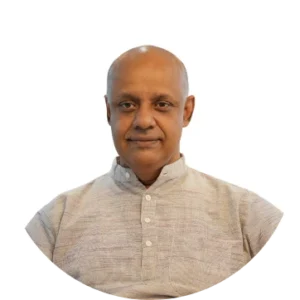
Leading our charge to translate AI potential into tangible social impact, Shekar emphasizes a deployment-first approach. Focus on the problem, adopt systems thinking, develop mental models, apply unbiased expertise, and simply be perseverant are his mantras that permeate the institute.
Shekar Sivasubramanian
Head, Wadhwani AI
Dr. Raval spearheads our applied AI research, focusing on mainstreaming AI responsibly. He champions the use of multimodal AI and advanced speech recognition to create transformative solutions, always with a ‘human-in-command’ philosophy.
Dr. Alpan Raval
Chief Scientist, AI/ML
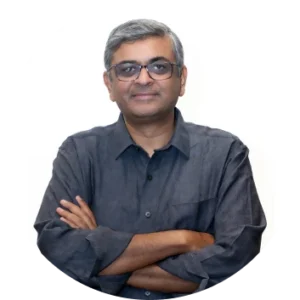
Our Journey
In our seven-year journey, we travelled the road from possibility to proof, building AI for the bottom 95%.
2018
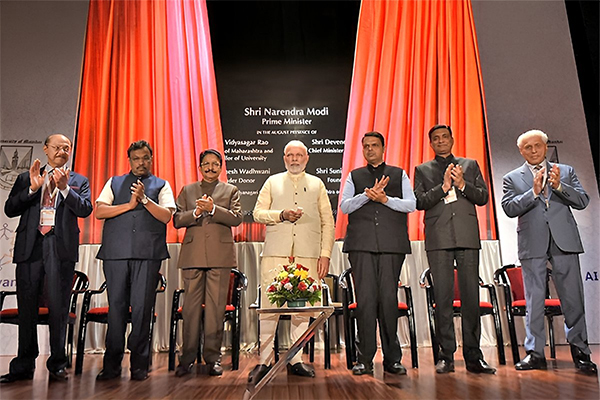
Inaugurated by the Hon’ble Prime Minister of India
2019
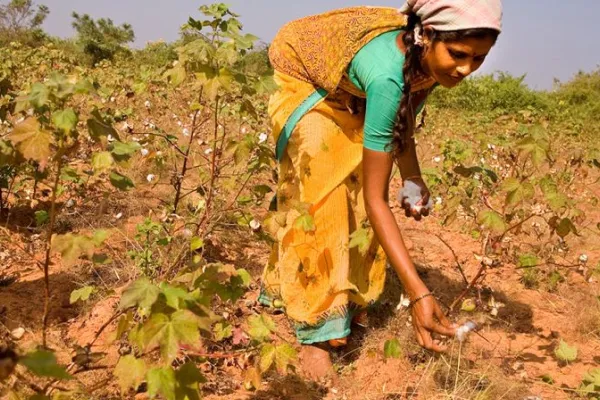
Early pilots with Government
2020
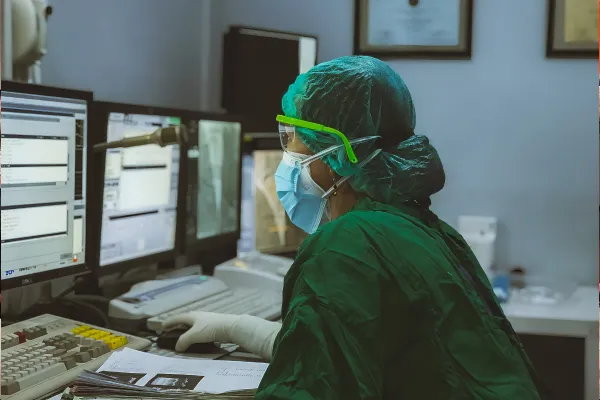
AI-powered COVID Response
2021

Moved from Pilots to Platform
2022
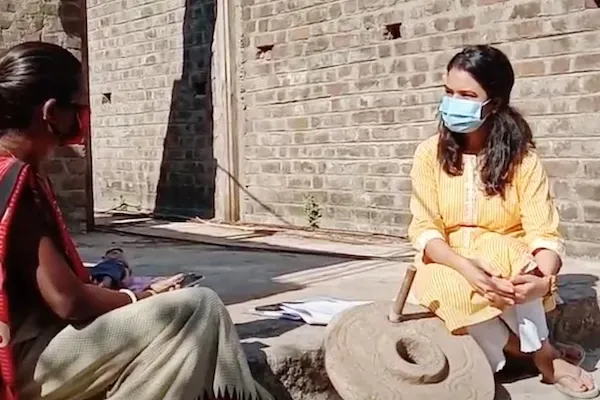
20+ Solutions Integrated with 7 Govt Depts – Ministry of Health, Ministry of Agriculture, etc
2023
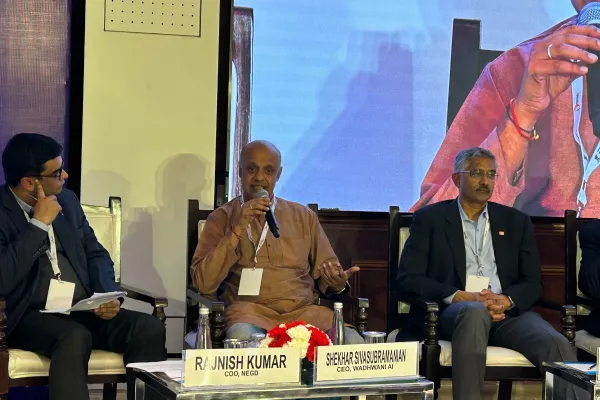
1 Million Milestone Achieved
2024
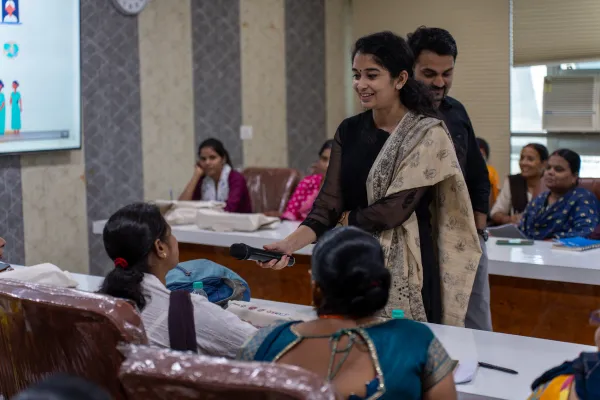
10 Million+ Strong
2025
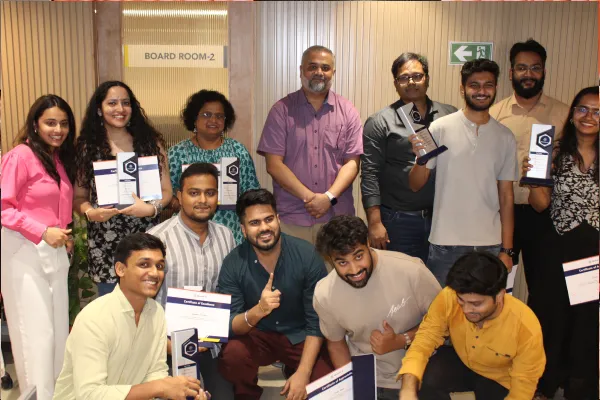
25 Solutions | 9 Govt Engagements | 20 Million Lives Impacted
Our Journey
In our seven-year journey, we travelled the road from possibility to proof, building AI for the bottom 95%.
Our Valued
Partners
Collaboration is at the heart of our impact. We work hand-in-hand with government agencies, NGOs, academic institutions, and private sector leaders to deploy AI solutions that make a real difference.
PARTNER WITH US



